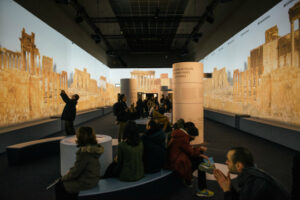Ancient World
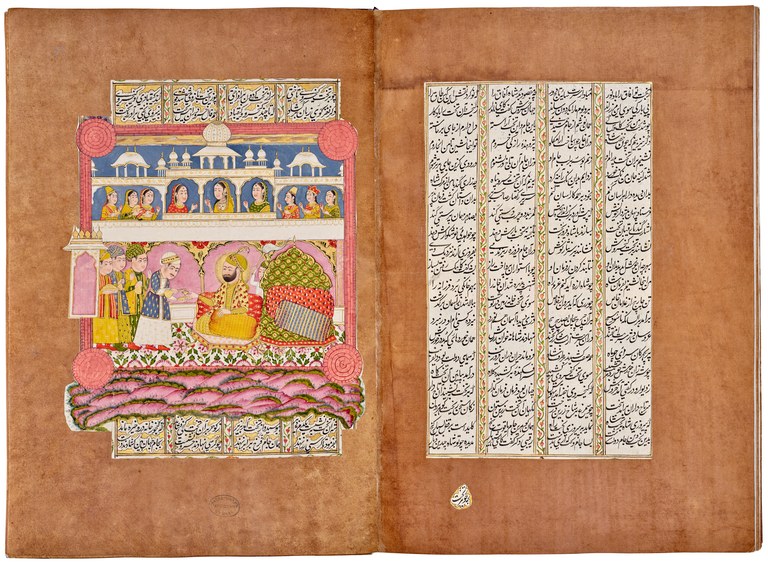
Making Alexander Great Again – ‘Romance and Reason: Islamic Transformations of the Classical Past’ at ISAW
The Wall Street Journal - Alexander the Great, the fourth-century B.C. Macedonian ruler who conquered most of the ancient world before dying at age 32, would now be considered a candidate for statue removal. In his triumph over a rebellious Thebes he razed the city, murdered 6,000 citizens and sold the rest...
ISAW Names Clare Fitzgerald Associate Director for Exhibitions and Gallery Curator

New Plaque Unveiled at Institute for the Study of the Ancient World
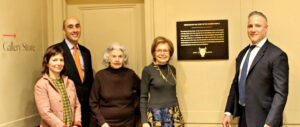
Remaking Ancient Greece with Paints or Pixels: NYT Review of ISAW Exhibit
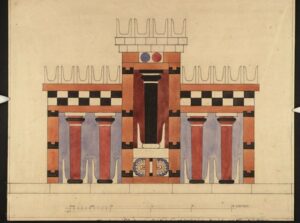
WSJ Review of ‘Restoring the Minoans: Elizabeth Price and Sir Arthur Evans’ at ISAW
The Wall Street Journal - Many of our ideas about Minoan civilization—drawn largely from the ruins of Knossos—are, at least in part, products of artful imagination. Some three decades ago—an eye blink in archaeological time—I looked out over the ancient ruins of Knossos in Crete, accompanied by a bus-load of tourists and a voluble...
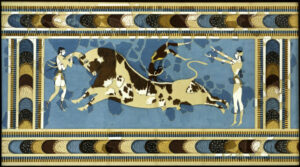
Harvard Semitic Museum Hosts ASOR 2017
The Shelby White and Leon Levy Program for Archaeological Publications is housed at the Harvard Semitic Museum, which hosted the closing celebration for ASOR 2017 in Boston. Assistant Program Coordinator Peter Mueller presented the program's recently redesigned website and many of the nearly 150 publications sponsored by the program...
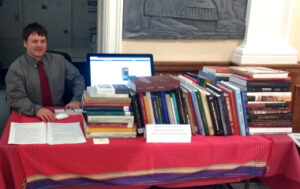
The New Yorker Reviews ‘Restoring the Minoans: Elizabeth Price and Sir Arthur Evans’ at ISAW
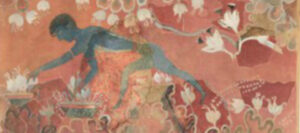
Breathtaking 1,700-year-old Lod mosaic to finally have a floor to call home
The Times of Israel - Decades after its discovery, country's 'finest' tile art will be displayed to the public at the Shelby White and Leon Levy Lod Mosaic Archaeological Center upon its projected completion in 2019. The richly colorful, late third century-early fourth century Roman period mosaic was discovered accidentally during salvage excavations in 1996...
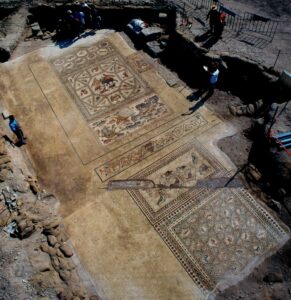
New ISAW Exhibition Opens: ‘Restoring the Minoans: Elizabeth Price and Sir Arthur Evans’
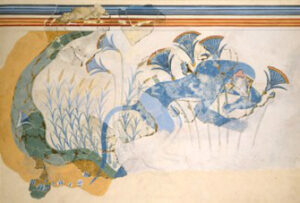
Damaged by War, Syria’s Cultural Sites Rise Anew in France
